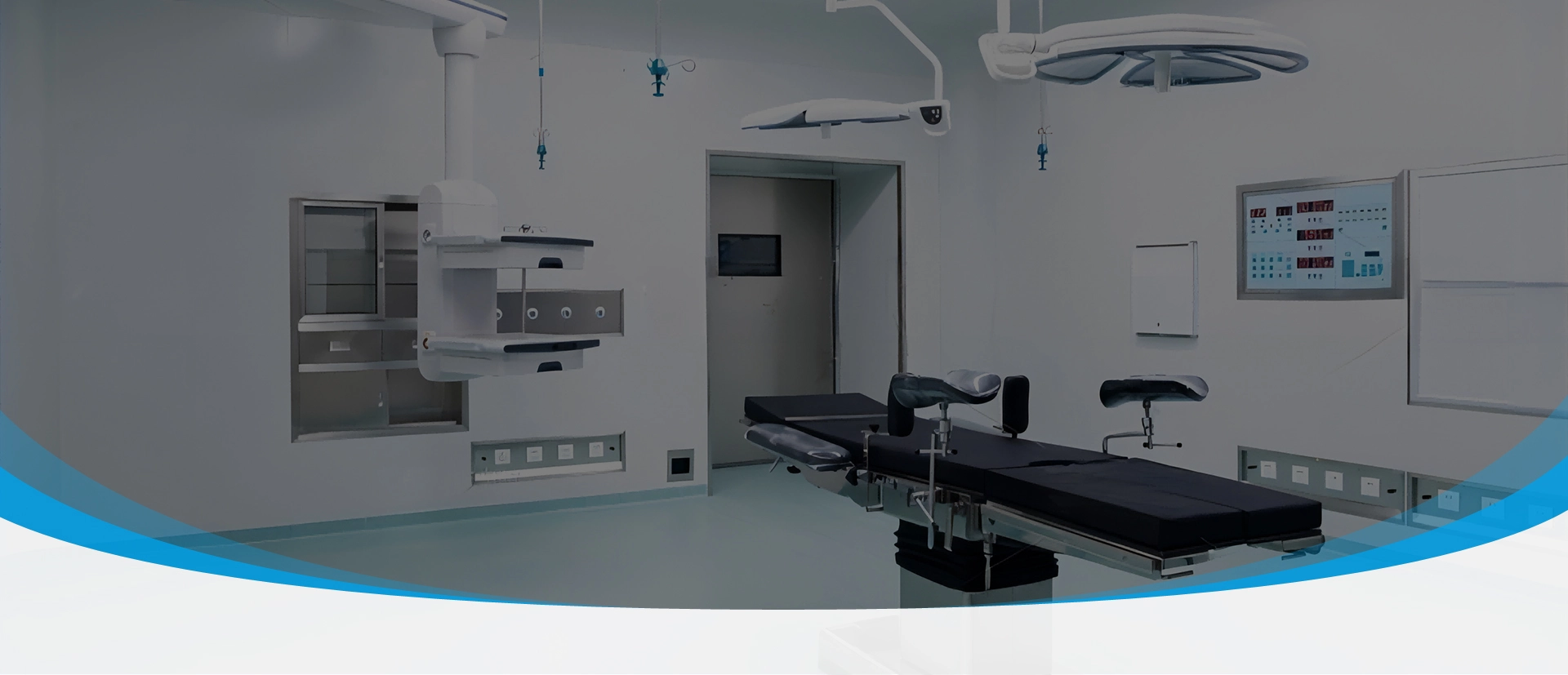A cleanroom is a controlled environment designed to minimize airborne particles, contaminants, and pollutants to specific levels in order to maintain a high standard of cleanliness. It's commonly used in industries such as pharmaceuticals, biotechnology, semiconductor manufacturing, and medical device production, where even tiny particles can compromise product quality or integrity. Cleanrooms typically feature specialized filtration systems, controlled air flow, and strict protocols for personnel and equipment to ensure cleanliness levels meet industry standards.



